This guide to the best Austrian food is a culinary journey into the distinct tastes and flavors of this captivating country in Central Europe.
Austria is a European destination that has it all. From the breathtaking natural beauty of the Austrian Alps to the stunning capital of Vienna, this country effortlessly blends nature and city life.
Moreover, Austria is known for its strong cultural heritage including art and music, and that extends to its cuisine, as you’re about to see in this best Austrian food guide.
Although Austria’s most famous dish is the Wiener Schnitzel, there’s so much more to Austrian cuisine than this popular traditional food.
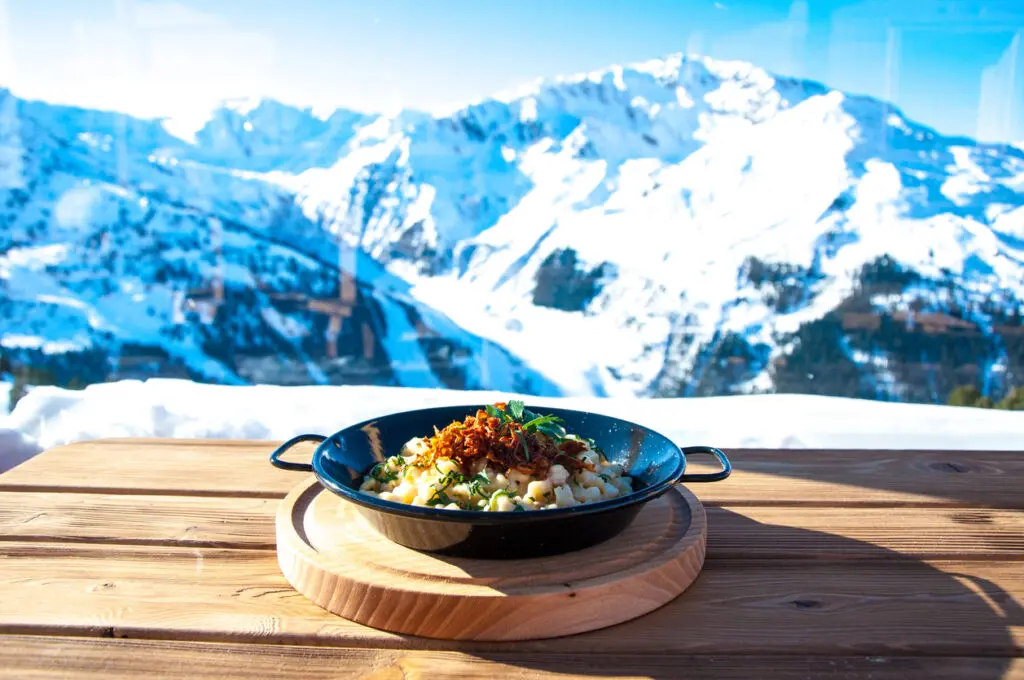
Austrian cuisine is rooted in history and tradition, while also borrowing from neighboring countries, such as Germany, Hungary, and Italy. From hearty stews to delicate pastries, Austrian cuisine is equal parts comfort food and refined culinary delights.
For coffee lovers, Austria is also a great destination. This country credits itself with introducing coffee to the rest of Europe after the retreating Turkish army left some behind in the 17th century.
Here’s a look at some of the best Austrian food and drinks you can’t miss while visiting Austria.
Jump to a section of this article
Best Austrian Starters & Snacks
Austrian cuisine is known for being hearty and flavorful, and the country’s most popular starters and snacks are no exception. When you sit down for a delicious meal in Austria, it’s common to enjoy a starter before the main dish comes out, often shared with the table.
You can also savor some of these tasty snacks on their own, maybe over a mug of beer at a beer garden or Gasthaus. The latter is a type of local inn or wine tavern commonly found in small towns around Austria.
These are three of the best starters and snacks in Austria you have to try:
1. Pretzels
Although their origins are debated, Pretzels are thought to have originated in the Bavaria region of Germany, which borders Austria, back in the Middle Ages. Bavarian Pretzels appeared in local markets as far back as the 6th or 7th century, so this is a snack people have been enjoying for a very long time.
Originally, monks created these doughy treats to represent the Holy Trinity with the Pretzel’s distinctive knot shape. In Austria, Pretzels are made from a simple dough and boiled in a baking soda solution before baking, giving them their signature glossy finish.
You will often find soft Pretzels served with mustard or a cheese dip like Liptauer Spread. These can be enjoyed as an appetizer before a meal, or a snack on their own, often accompanied by beer.
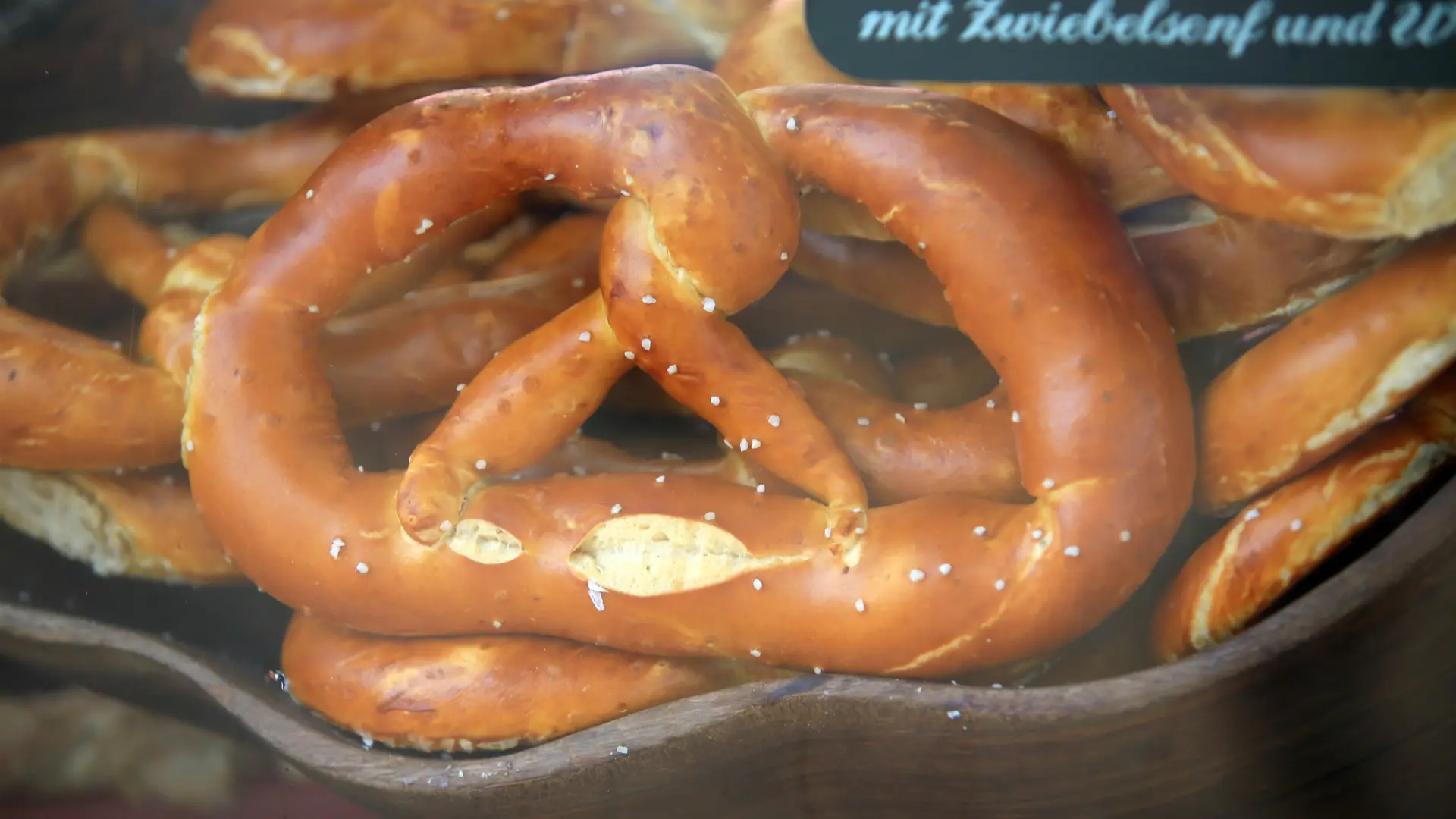
2. Liptauer Spread
Liptauer Spread is a delicious, creamy cheese dip, popular all over Austria and known for its distinctive bright orange hue. It originated during the Austro-Hungarian Empire and is made from a base of sheep milk cheese, goat cheese, quark, or cottage cheese.
The spicy flavor of the spread is enhanced with additional ingredients like paprika, mustard, capers, and finely chopped onions. It’s often served with pickles or radishes, too.
You can enjoy Liptauer Spread on a Pretzel or use it as a dip for bread or crackers. This is a common appetizer or snack in Austria and the perfect treat to bring along on a picnic.
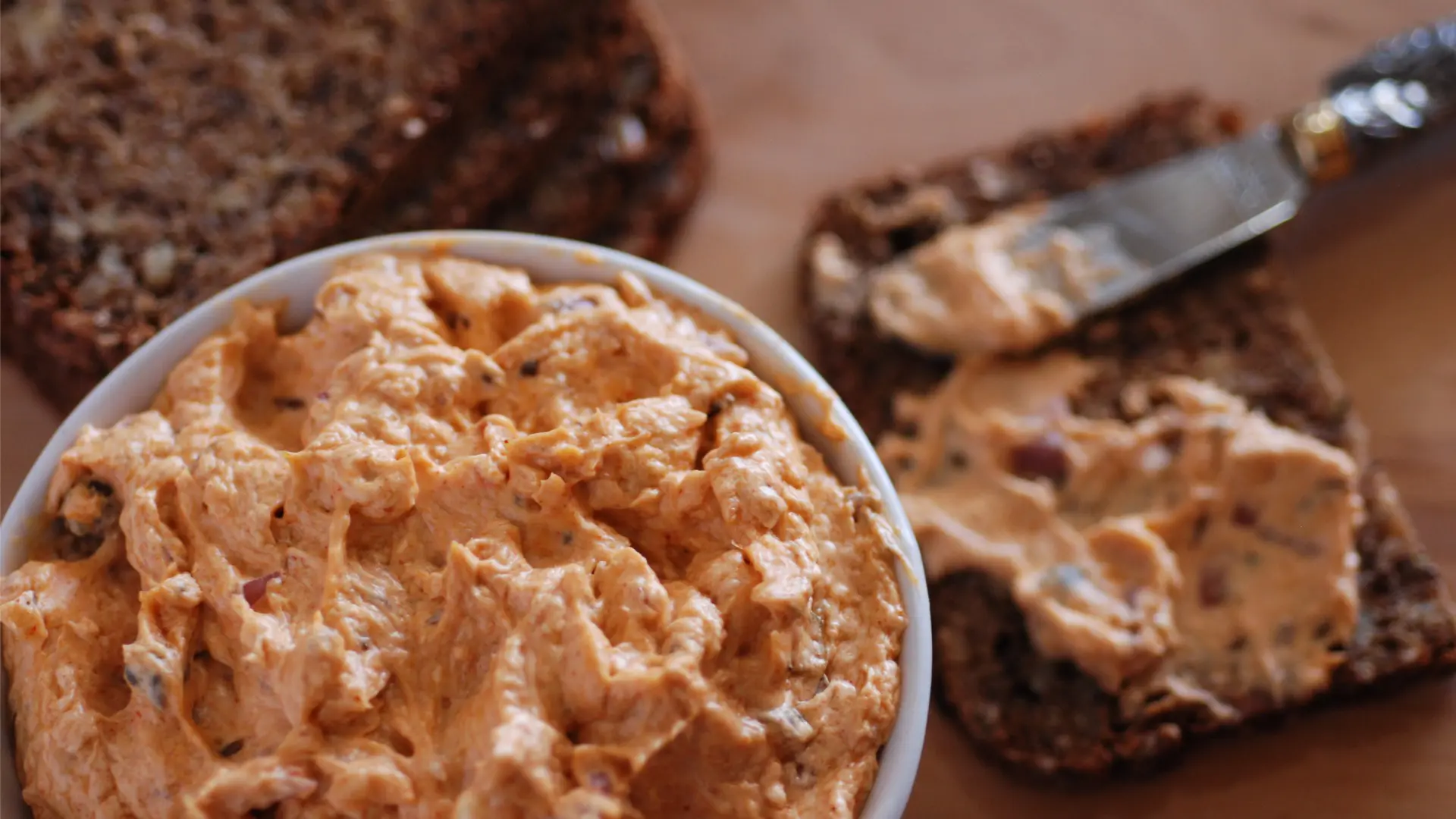
3. Frittatensuppe
Frittatensuppe is the ultimate comfort food starter dish in Austria. Tucking into a bowl of this hearty soup is guaranteed to warm you up on a cold winter day.
Known as pancake soup, Frittatensuppe consists of thin ribbons of crepe-like pancakes in a beef broth. Sometimes, you can also find a vegetarian alternative to this traditional Austrian dish made with vegetable broth instead. Garnished with fresh parsley, this is a simple dish yet utterly delicious.
The strips of pancake in the soup soak up the broth, making it a flavorful and filling dish. This soup is a common appetizer in local restaurants and family homes all across Austria.
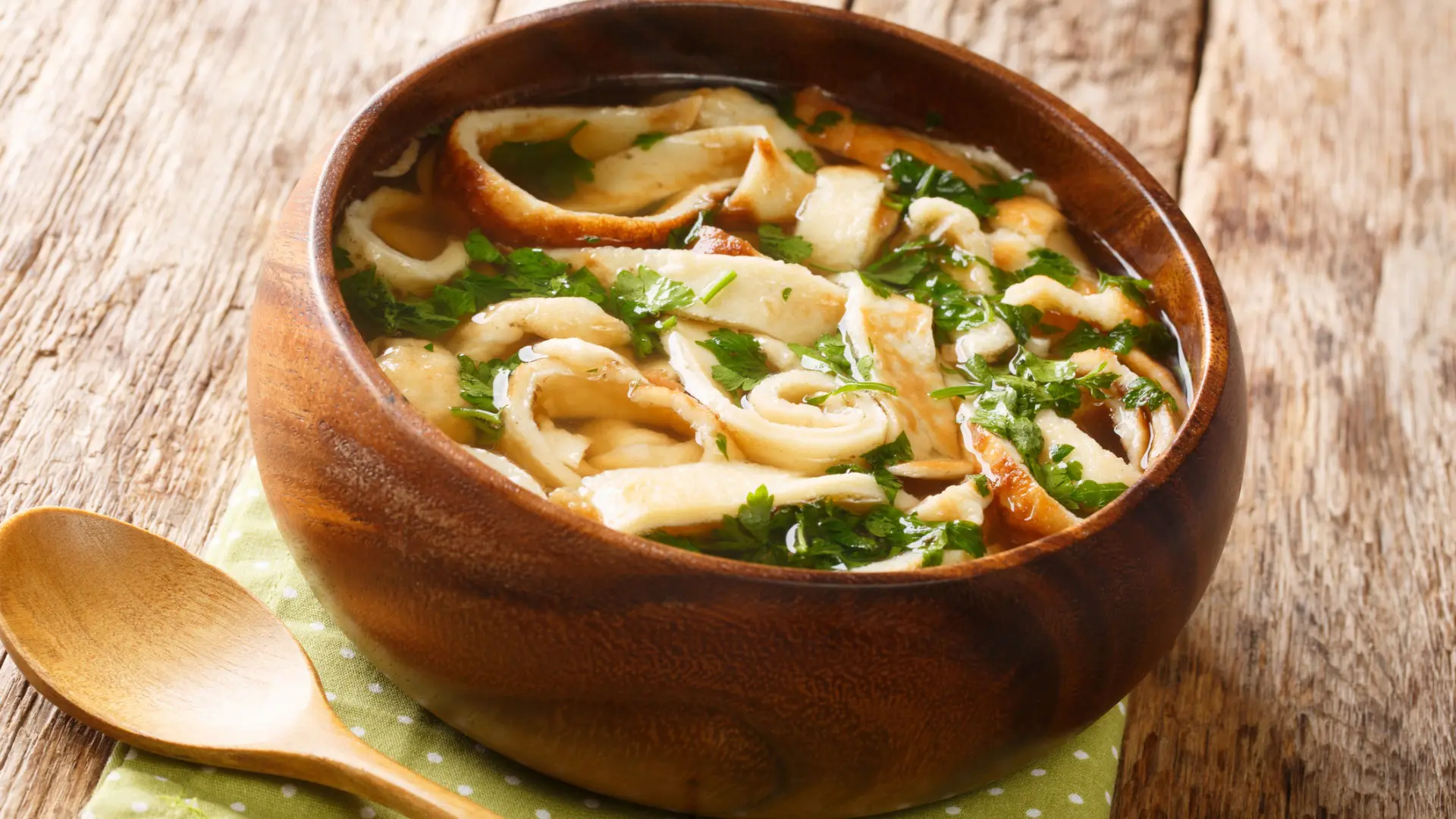
Best Austrian Main Dishes
After you’ve enjoyed an appetizer, what’s coming out as the main dish? Austria is known for its hearty, filling main dishes so don’t fill up too much on starters.
The most common meats used in Austrian main dishes are beef, veal, pork, and chicken. Vegetarians shouldn’t despair, though. There’s one popular main dish on this list that doesn’t contain meat.
Here’s an overview of some of the most popular main dishes in Austrian cuisine:
4. Wiener Schnitzel
You can’t talk about the best Austrian food without mentioning Wiener Schnitzel. This is the most well-known dish in Austria, and it’s a point of national pride for Austrians. Wiener Schnitzel is a simple comfort food dish that has become a cultural icon of the country.
This staple of traditional Austrian food consists of a thin, tender veal cutlet coated in flour, eggs, and breadcrumbs and then fried until crispy and golden brown.
The dish is said to have originated in Vienna, but you’ll find it served in traditional restaurants all over the country. The traditional accompaniments for Wiener Schnitzel are potato salad and a side salad with a vinaigrette dressing, although you’ll often see it served with French fries now, too.
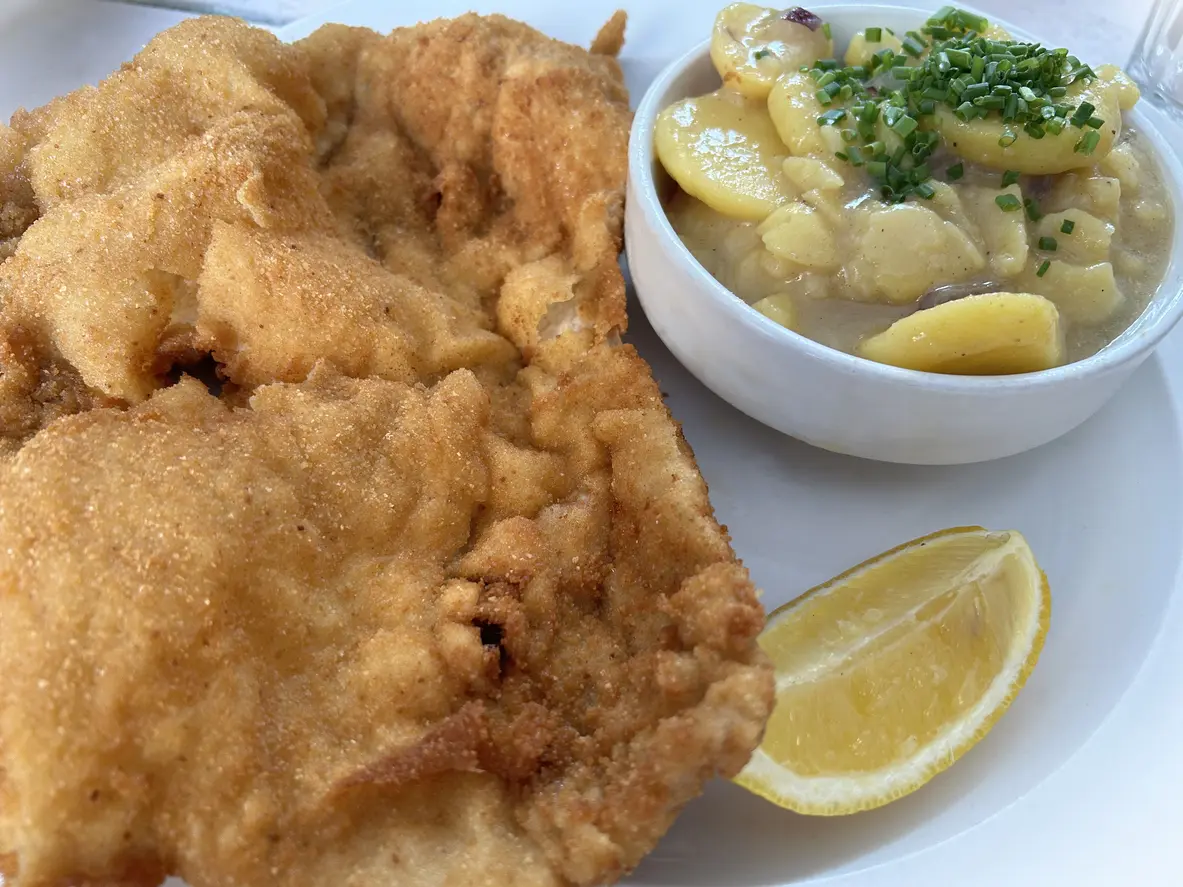
5. Tafelspitz
Another popular main course in Austria is Tafelspitz, sometimes cited as one of the country’s national dishes alongside Wiener Schnitzel. Tafelspitz, which was a favorite of Emperor Franz Joseph I, consists of tender boiled beef simmered in a broth of root vegetables, herbs, and spices.
Although it originated in Vienna, it’s popular all around the country. Tafelspitz is a rich and tasty dish made extra flavorful by the broth it’s soaked in.
Typically, Tafelspitz is served with several side dishes including crispy roasted potatoes, a mixture of apple sauce and horseradish, and chive-infused sour cream.
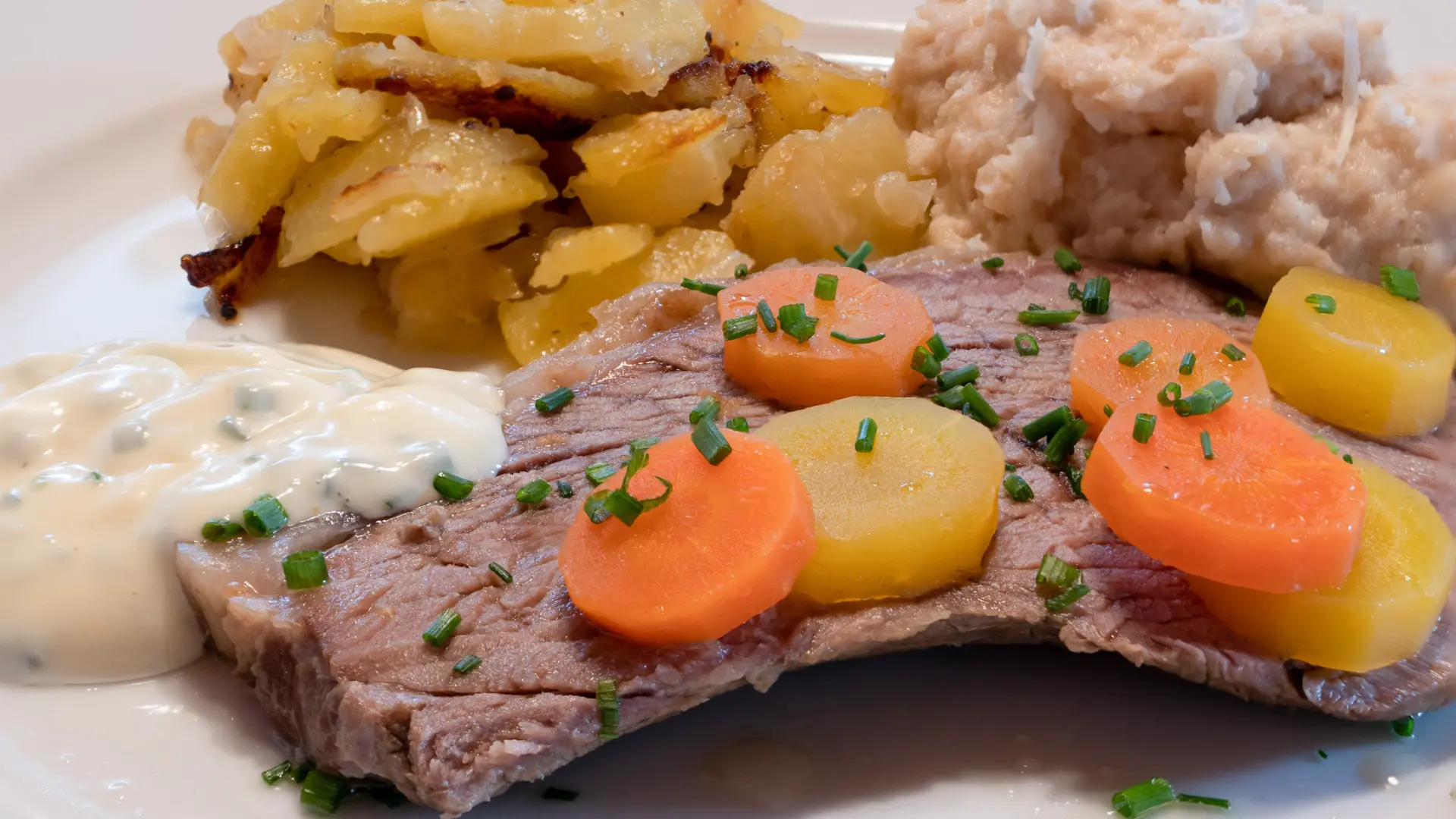
6. Tiroler Gröstl
Tiroler Grostl is a popular dish that originated in the alpine region of Tyrol in western Austria. Originally a humble farmer’s meal designed to utilize leftover ingredients, Tiroler Grostl has become a classic Austrian ski food served at mountain resorts and restaurants.
It’s the perfect dish to warm you up on a cold day because of its hearty and filling nature. Served in a pan, it’s a tasty scramble of fried potatoes, diced bacon, and chopped onions, seasoned with salt, pepper, and marjoram. A fried egg tops things off.
This is a popular breakfast dish to fuel up before a day of hitting the slopes at a ski resort, or you can enjoy it for lunch on a chilly winter day.
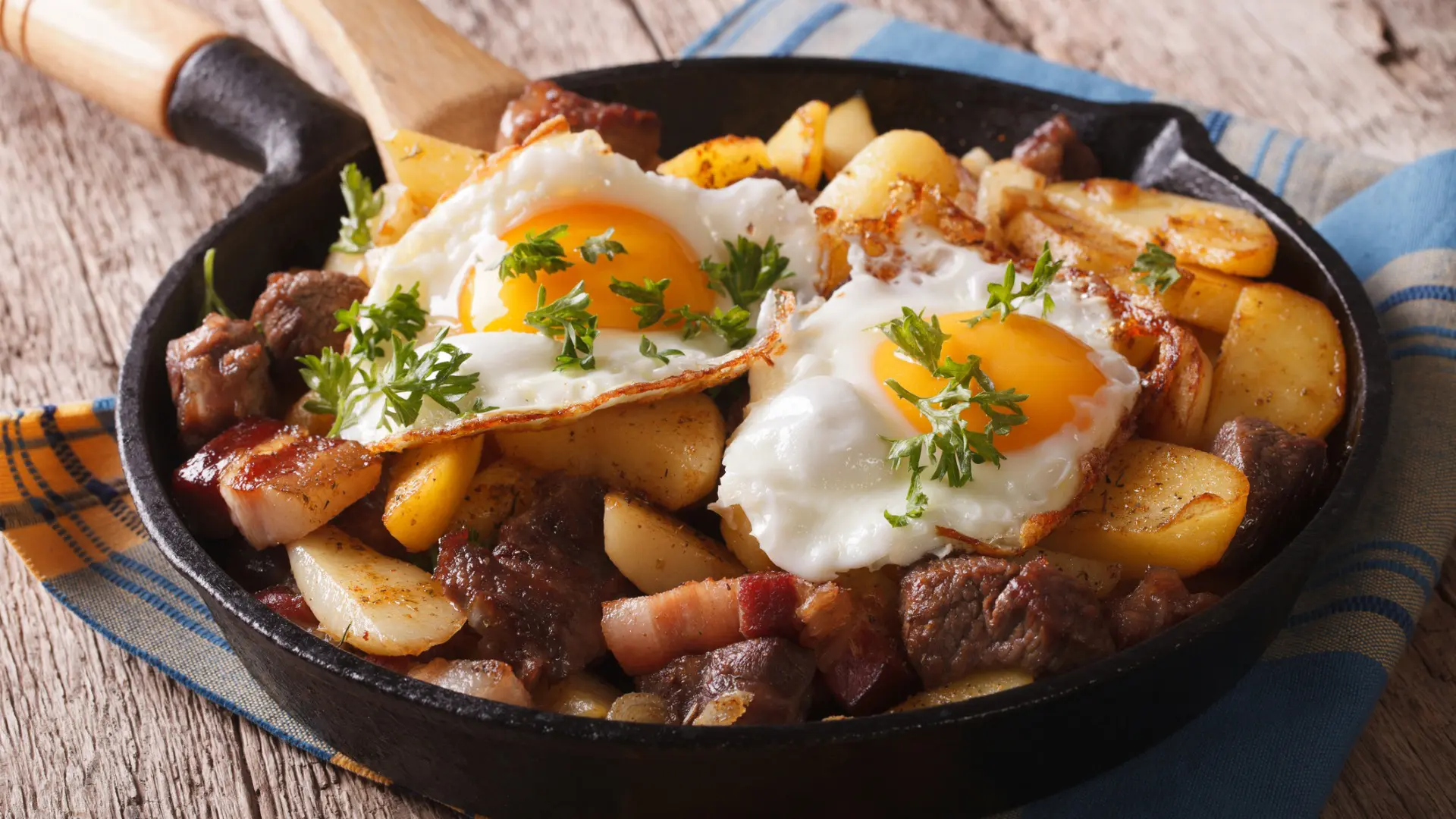
7. Käsespätzle
If you’re vegetarian in Austria, it can be difficult to find many local traditional dishes without meat. Luckily, Kasespatzle is a common main dish in Austria that is almost always vegetarian.
Kasespatzle is Austria’s answer to macaroni and cheese. It’s a decadent, hearty meal that combines Spatzle noodles with creamy and delicious cheese.
Spatzle is a type of egg-based noodle that you’ll find all over Central Europe. The cheese on top of this dish is always warm and melted, and it’s usually topped with caramelized onions for added flavor.
This is a dish commonly served with a side of potato salad or a green salad. We’d recommend opting for a green salad since this is a very heavy dish already.
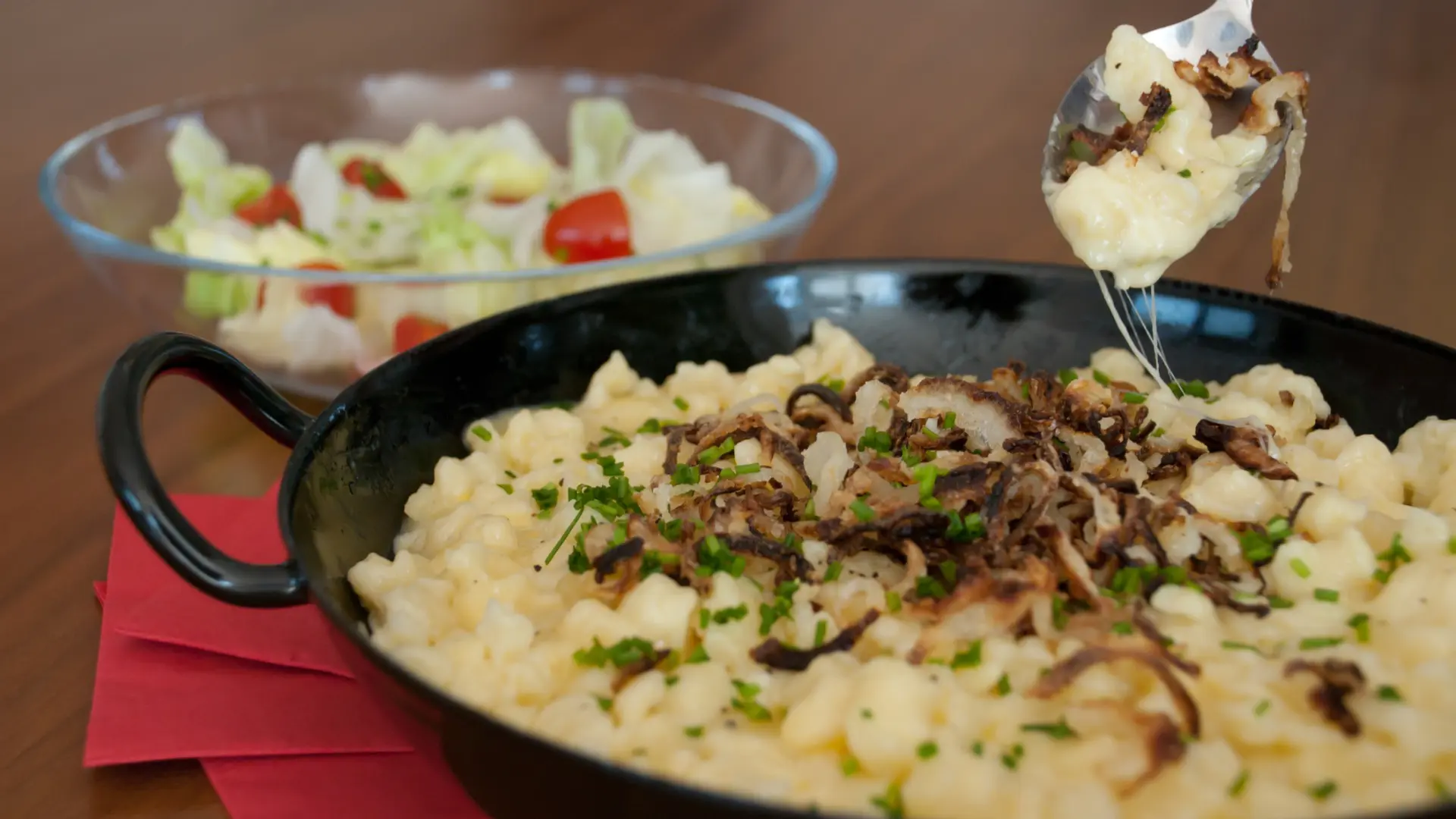
Best Austrian Side Dishes
Although the entrees above are the main attraction in an Austrian dining experience, you shouldn’t overlook side dishes either.
Far from being a secondhand thought, side dishes in Austrian cuisine are designed to perfectly complement the flavors of the main dish. Side dishes showcase the Austrian love for simple, high-quality ingredients combined in a unique way to make something hearty and delicious.
These are a couple of the best Austrian side dishes to accompany your meal:
8. Knödel
Knodel, or dumplings, are a quintessential Austrian side dish. These round, doughy delights come in several forms, from the bread-based Semmelknodel to the potato-based Kartoffelknodel.
Bread-based dumplings are made from stale bread rolls, milk, eggs, and herbs, while potato-based dumplings are often more complex with a ham or Sauerkraut filling. Both bread dumplings and potato dumplings are shaped into balls and boiled until tender.
Knodel is the perfect accompaniment for hearty, meat-based Austrian dishes. The doughy dumplings can be used to soak up the juices from the meat.
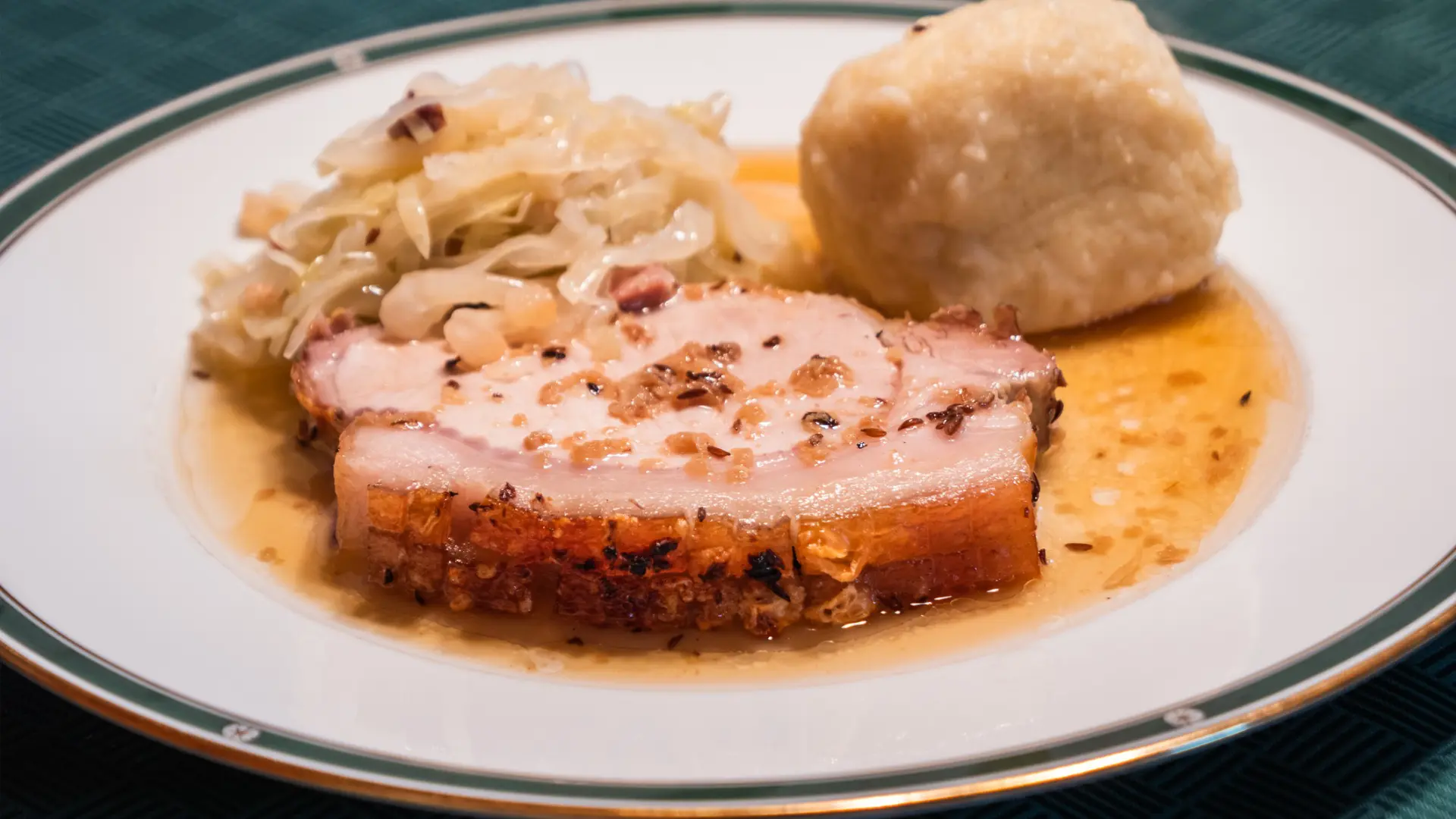
9. Kartoffelsalat
Another popular Austrian side dish is Kartoffelsalat or potato salad. You might have tried the American version of potato salad before, but the Austrian version is lighter and crisper.
Kartoffelsalat consists of boiled potatoes cut into slices, topped with a light vinaigrette made from vinegar, oil, and mustard, sometimes with beef broth mixed in. Thinly sliced onions and fresh parsley top off this simple yet tasty side dish.
Unlike the American version of potato salad, there’s no heavy mayonnaise dressing or creaminess in Austrian potato salad. This makes it a healthier choice, and it nicely balances out heavier main dishes.
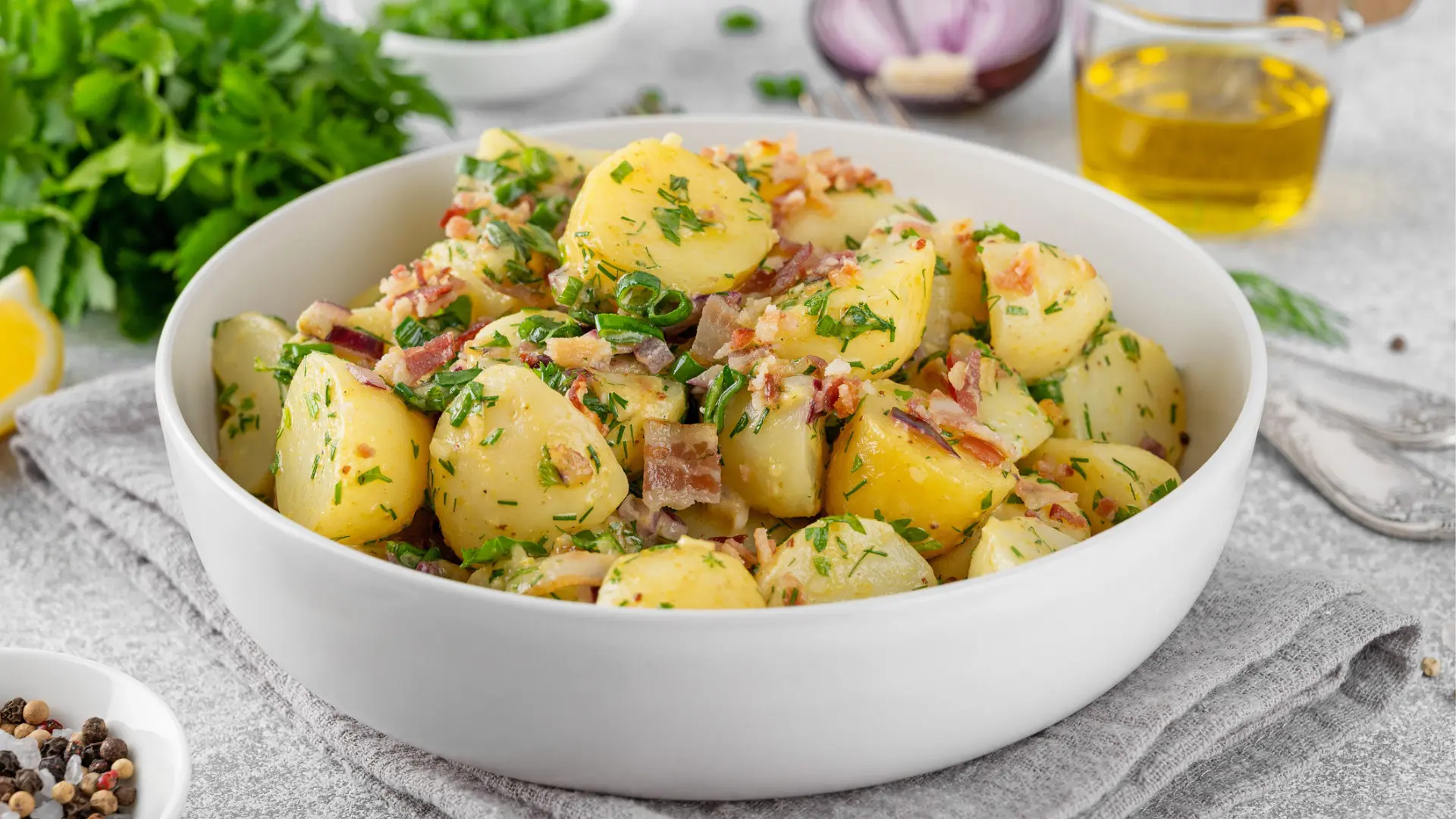
Best Austrian Desserts
If there’s one thing Austrians love, it’s dessert and this is why no list of the best Austrian food would be complete without the addition of a few favorite sweets. The country’s unique coffee culture means that it’s a cherished afternoon ritual to enjoy a cup of coffee and something sweet to go along with it.
These are some of the most delicious desserts to try when you’re in Austria:
10. Sachertorte
Sachertorte is one of Austria’s most famous desserts. Originating in Vienna, this decadent chocolate sponge cake was created in 1832 by Franz Sacher, a 16-year-old apprentice chef, for Prince Wenzel von Metternich. The cake was a hit with the prince, and it quickly spread in popularity throughout Vienna.
This dense chocolate cake has one or two thin layers of apricot jam in the middle and is topped with glossy dark chocolate icing. It’s usually served with a dollop of unsweetened whipped cream, balancing out the rich chocolate flavor of the cake.
Sachertorte is one of the most typical desserts to try in Vienna. Café Sacher Wien is one of the best places in Vienna to try this tasty cake, although you’ll find it on the menu at cafés all around Vienna and the rest of Austria.
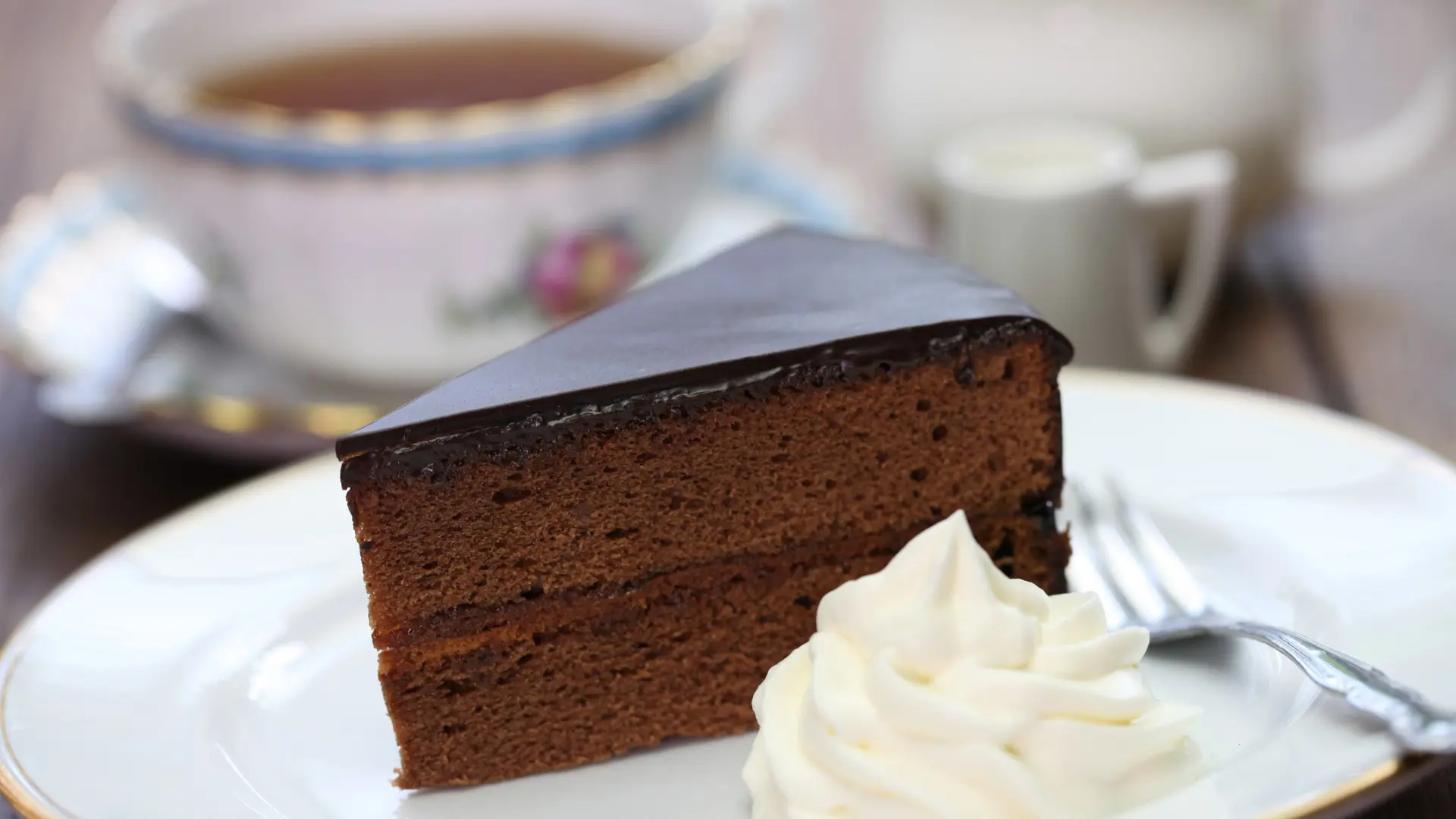
11. Apfelstrudel
Apfelstrudel, or apple strudel, is another popular Austrian dessert that is so beloved it’s considered a national dish of Austria. Dating back to the Habsburg Empire of the 18th century, Apfelstrudel is a pastry that actually has its roots in Turkish cuisine by way of Hungary.
In Austria, it evolved into the delicious dessert it is today. The perfect Apfelstrudel consists of flaky, paper-thin layers of dough around a spiced apple filling. The filling contains apples, raisins, sugar, cinnamon, butter, and breadcrumbs, giving it a slight crunch.
This is a dessert that is best served warm. Sometimes you’ll find it served with a dusting of powdered sugar on top or with a side of whipped cream or custard. Apfelstrudel is a hearty, comforting dessert that you have to try at least once, maybe following a traditional Schnitzel dinner.
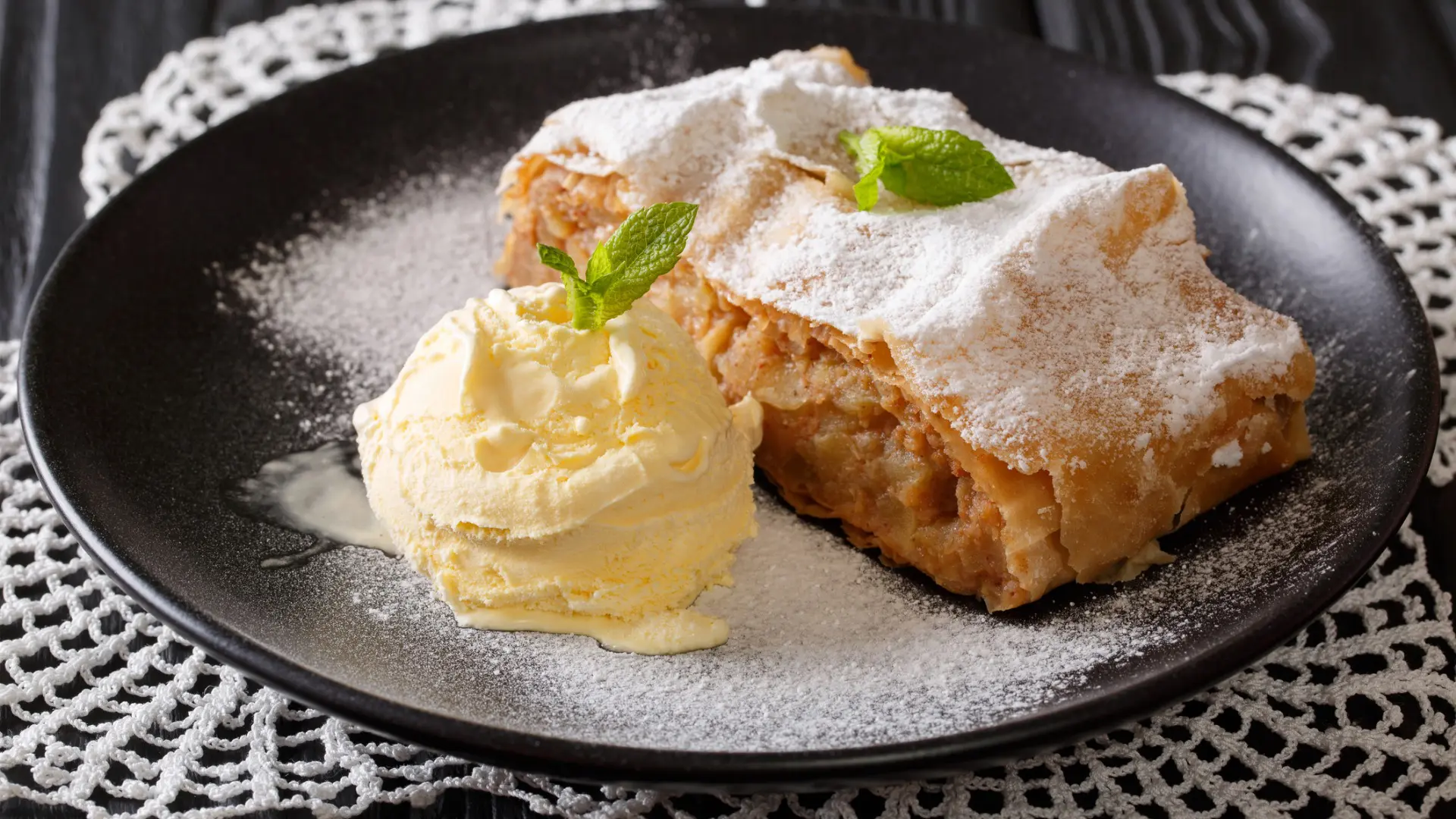
12. Marillenknodel
Another popular pastry dessert in Austria is Marillenknodel or apricot dumplings. This is a treat that is commonly enjoyed in the summer when apricots are in season.
The dough for Marillenknodel can be potato-based or quark-based. The quark dough offers a cheesier flavor. After adding a generous filling of apricots, these delightful dumplings are boiled until tender and then coated in a mixture of crispy breadcrumbs and icing sugar.
While apricot dumplings are one of the most popular types of sweet dumplings found in Austrian cuisine, another variation is sweet dumplings filled with plum jam.
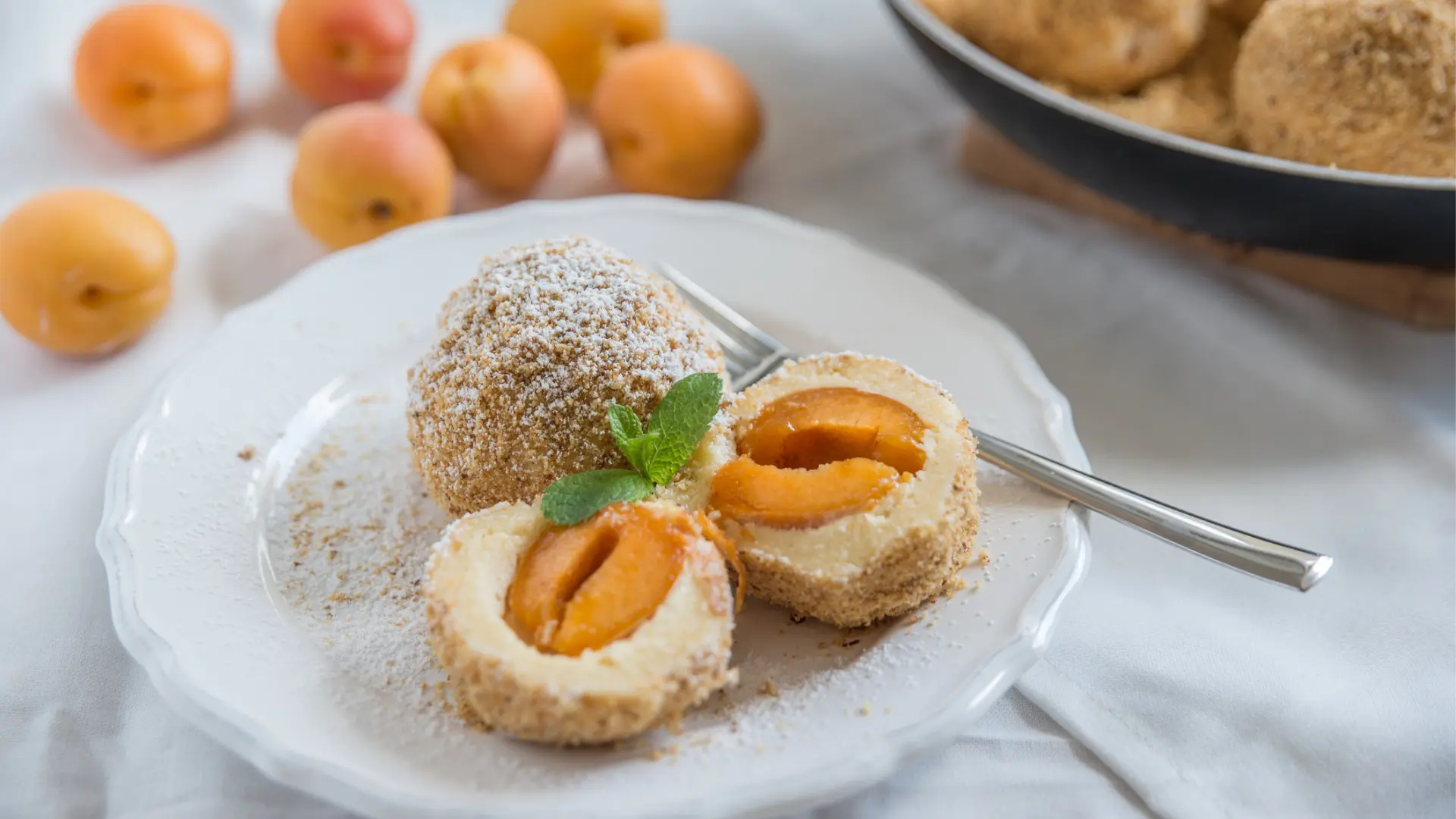
13. Kaiserschmarrn
One more mouthwatering dessert to sample while you’re in Austria is Kaiserschmarrn, which translates to Emperor’s Mess. The dessert got its name because it was a favorite sweet dish for Emperor Franz Joseph I in the 19th century.
Kaiserschmarrn consists of sweet, fluffy pancakes torn into bite-sized pieces and coated in a liberal dose of powdered sugar, which is where the mess part of the name comes from. The pancakes are sometimes made with raisins and served with applesauce or another fruit compote.
This simple dessert is a favorite with Austrian families to enjoy after a home-cooked meal, although you’ll also find it on the menu at many Austrian restaurants. It’s particularly popular as an apres-ski treat in the winter because it’s such a warm and hearty dessert.
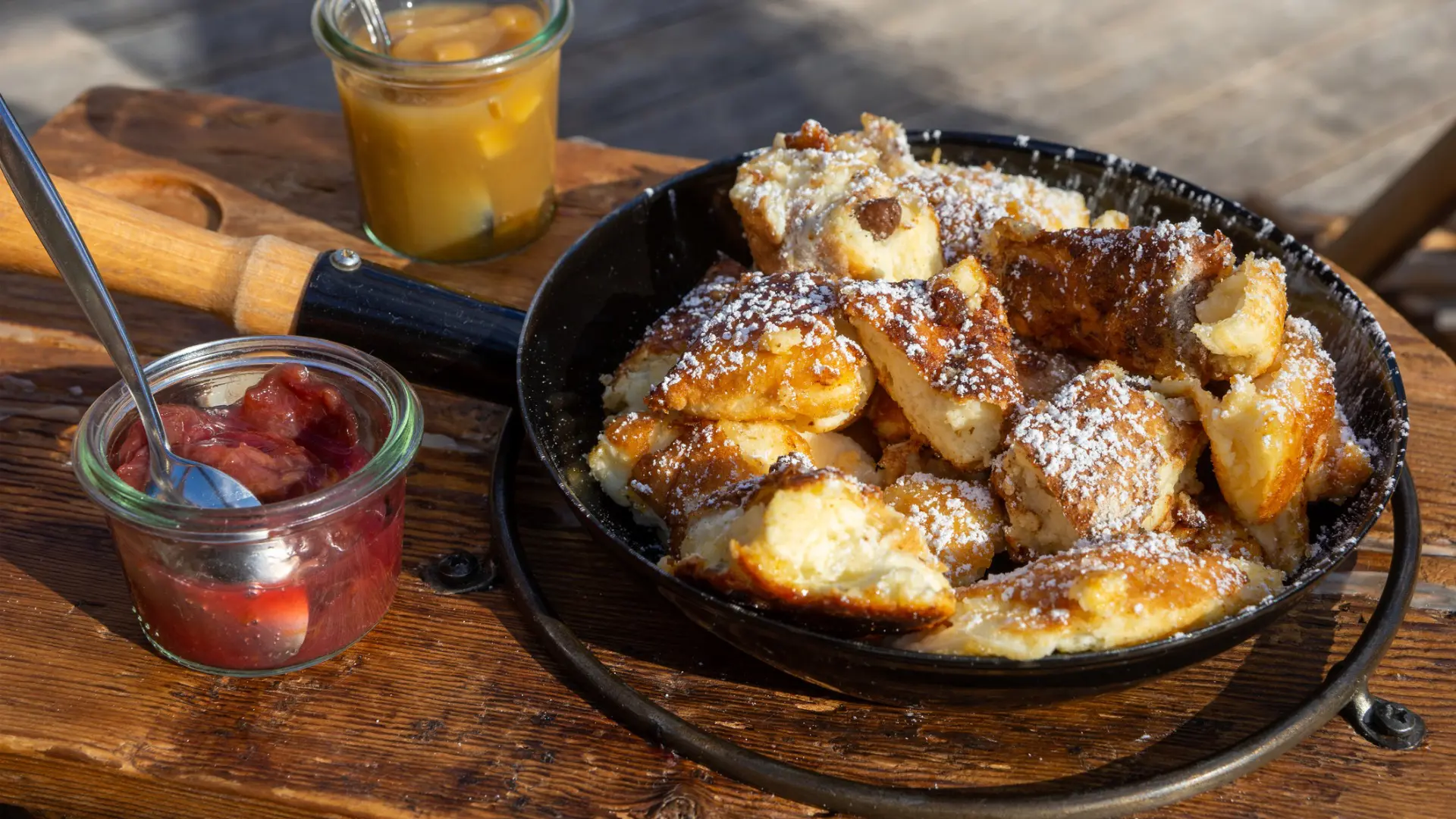
Best Austrian Beverages To Pair With Your Meals
No meal in Austria is complete without something to drink. Beer, wine, and coffee are all popular beverages in Austria. From enjoying an afternoon coffee to sipping on a steaming mug of spiced mulled wine on a cold winter night, beverages are an important part of Austrian culture.
These are some of the best Austrian beverages to try, both alcoholic and nonalcoholic:
14. Coffee
Coffee is a way of life in Austria. The country’s coffee culture dates back to the late 17th century when the first coffee houses opened in Vienna. Coffee houses became known as spaces for intellectuals and artists to meet for lively discussions and debates.
Over the centuries, coffee houses have remained a cultural mainstay in Austria. With their old-world charm and inviting atmosphere, coffee houses are the perfect places to meet with friends or linger on your own over a cup of coffee and a newspaper or book.
One of the most popular coffee drinks to order in Austria is a Wiener Melange, which is similar to a cappuccino except made with milder coffee. Another drink to try is the Einspanner, a hot espresso topped with plenty of cool whipped cream.
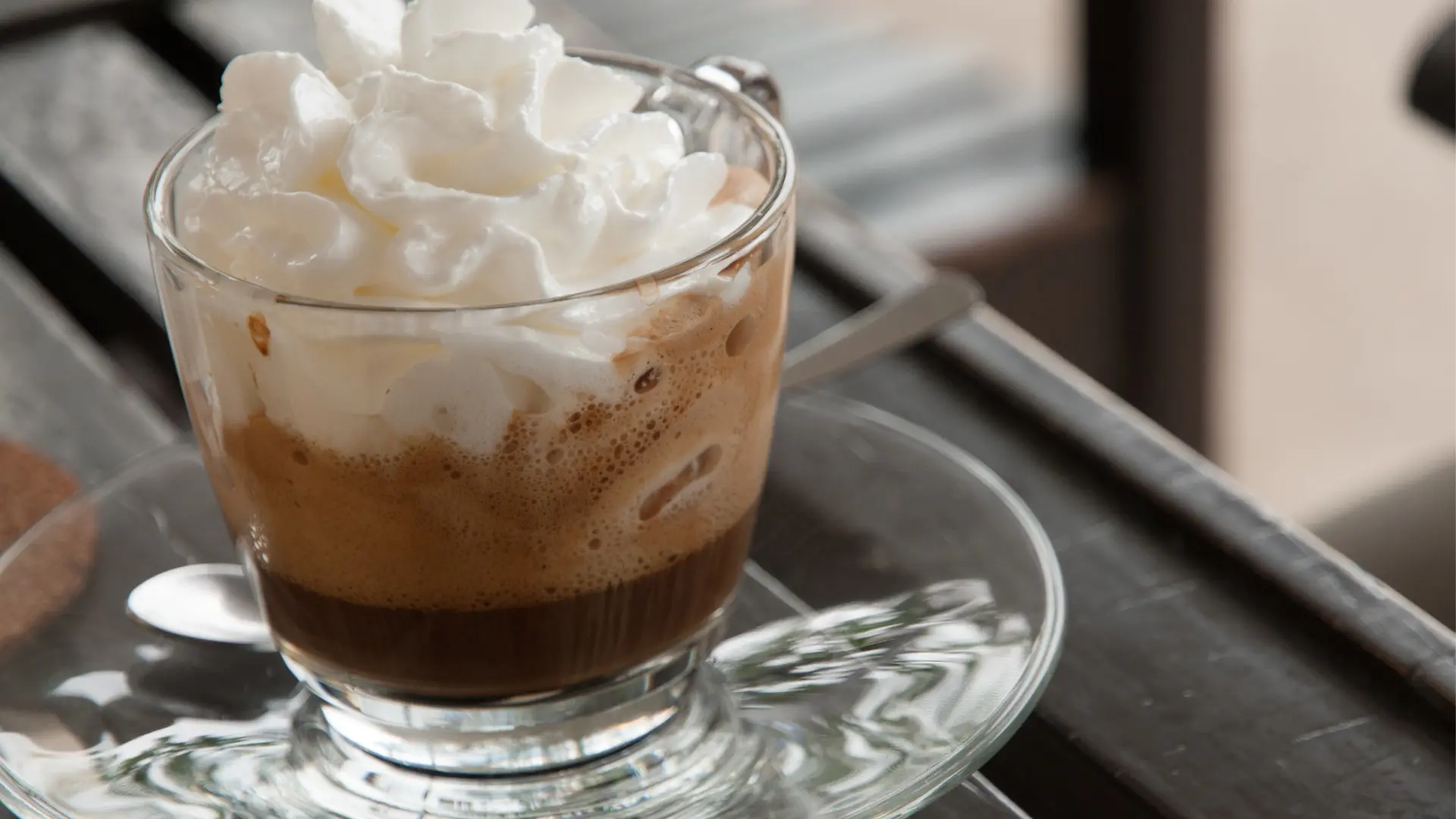
15. Austrian Wine
Although it may not be as famous as France or Italy for its wine production, Austria does have some excellent local wines to try. Almost all Austrian wines come from the far eastern side of the country, where there are several distinct wine regions like Burgenland and Lower Austria.
The most well-known wine from Austria is Gruner Veltliner, a dry white wine with bold citrus notes. Riesling is another type of white wine you’ll find all over Austria.
Gluhwein, or mulled wine, is a warm, spiced drink that is popular in the winter. It’s especially associated with Austria’s Christmas markets. Made from red wine, it’s heated and infused with spices like cinnamon, cloves, star anise, and citrus fruits.
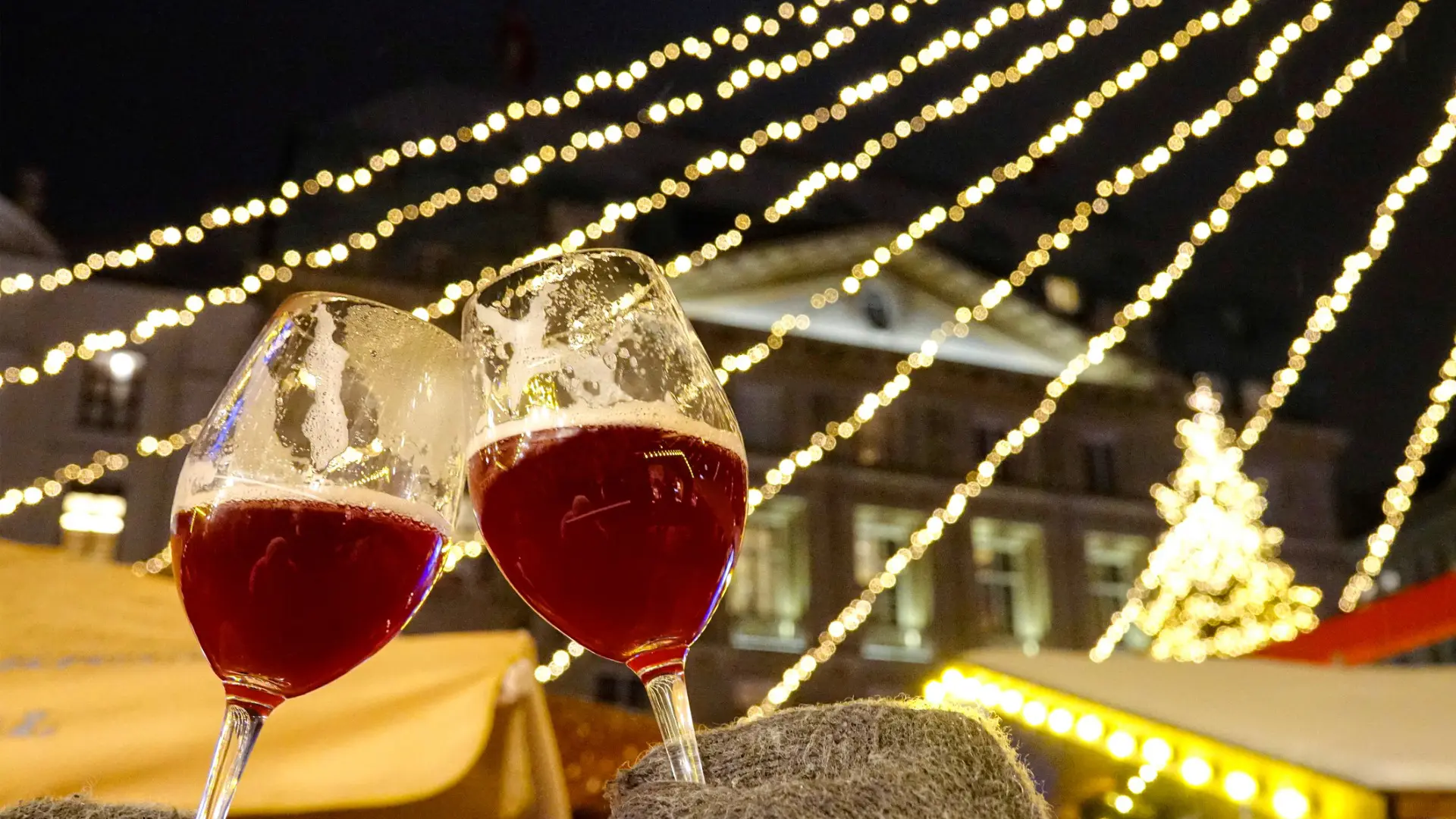
16. Beer
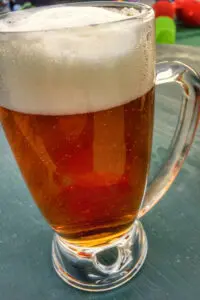
Beer is a cornerstone of Austria’s heritage and social tradition. The brewing history in Austria dates all the way back to the Middle Ages. Today, the most popular beer in Austria is Marzen.
Marzen is a smooth, medium-bodied beer, typically brewed in March and stored until the fall, making it a staple at fall festivals like Wiener Wiesn, Austria’s answer to Oktoberfest. Beer gardens are also common all around the country, where you can gather with friends and enjoy a mug of beer and a Schnitzel.
Another type of beer to try in Austria is Vienna Lager, which, despite its name, is popular all over the country and not just in the capital. Vienna Lager is a rich, full-bodied lager with an amber hue.
17. Almdudler
Finally, a drink you must try in Austria is Almdudler, a unique nonalcoholic beverage, known for being the national drink of Austria. This refreshing soft drink debuted in 1957 and has been extremely popular among Austrians ever since.
It’s a carbonated soda made from a blend of 32 alpine herbs, as well as grape and apple juice concentrates. It tastes a little like ginger ale but with a fruitier and more floral flavor. You can enjoy Almdudler on its own or as a mixer in many cocktails.
This is the perfect drink to order on a warm and sunny summer day in Austria if you want to enjoy something light and fizzy.
Savor The Best Austrian Food With JayWay
We can’t blame you if you’re now eager to taste the best Austrian food during your next trip to Europe.
If that’s the case, reach out and our expert trip planners will craft the perfect Austria itinerary for you or even a multi-country journey across the charms of Central Europe, sprinkling it with the most unforgettable food tours, cooking classes, and other gastronomic experiences.

Born and raised in Athens, Maria’s passionate about travel and storytelling, a combination that makes her ideal for her role as our content manager.